Introduction
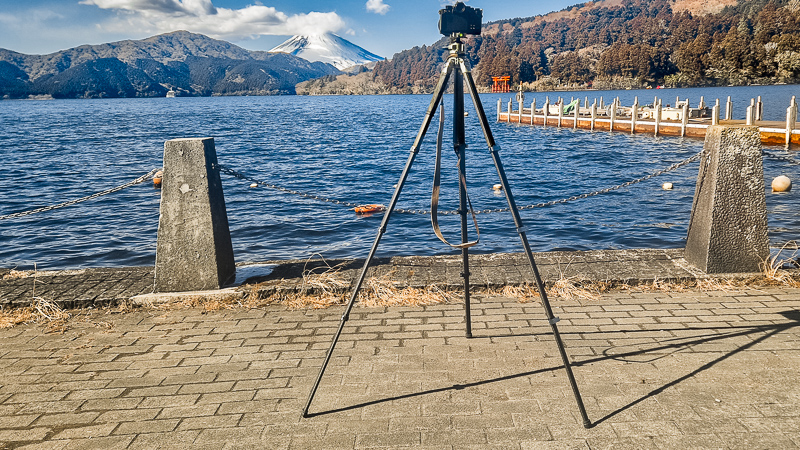
Do you even need a tripod these days? To be honest, the necessity of tripods has been significantly reduced thanks to highly effective in-body image stabilisation, improved image quality at high ISOs and AI noise reduction, super-wide dynamic range of today’s digital sensors, and in-camera HDR modes.
Despite modern tech making tripods less necessary in some situations, they’re still invaluable in plenty of others. Tripods remain essential for long-exposure and astro photography, staging group photos, and focus stacking, to achieve sharp and crisp landscapes from close foreground to infinity, and especially for macro photography. Other applications where tripods are crucial include architectural photography, when you need to set up your camera with supreme precision, or when taking a series of shots with incremental panning to create panoramas. They also free up your hands for attaching or removing accessories like lens filters and microphones. Furthermore, tripods are indispensable for video work and studio photography.
So, which tripod should you choose?
Many of us know about high-end tripods like Gitzo and RRS, but are we always willing to pay a premium for that level of quality and reputation? And what about newer, lesser-known brands? one of them: the Fotopro Origin Plus Travel Tripod, a model that promises innovation and stability at a competitive price. Let’s have a look!
 You can see this review as a YouTube video here!
You can see this review as a YouTube video here!
![]() Sample images in high resolution here.
Sample images in high resolution here.
Sample Images
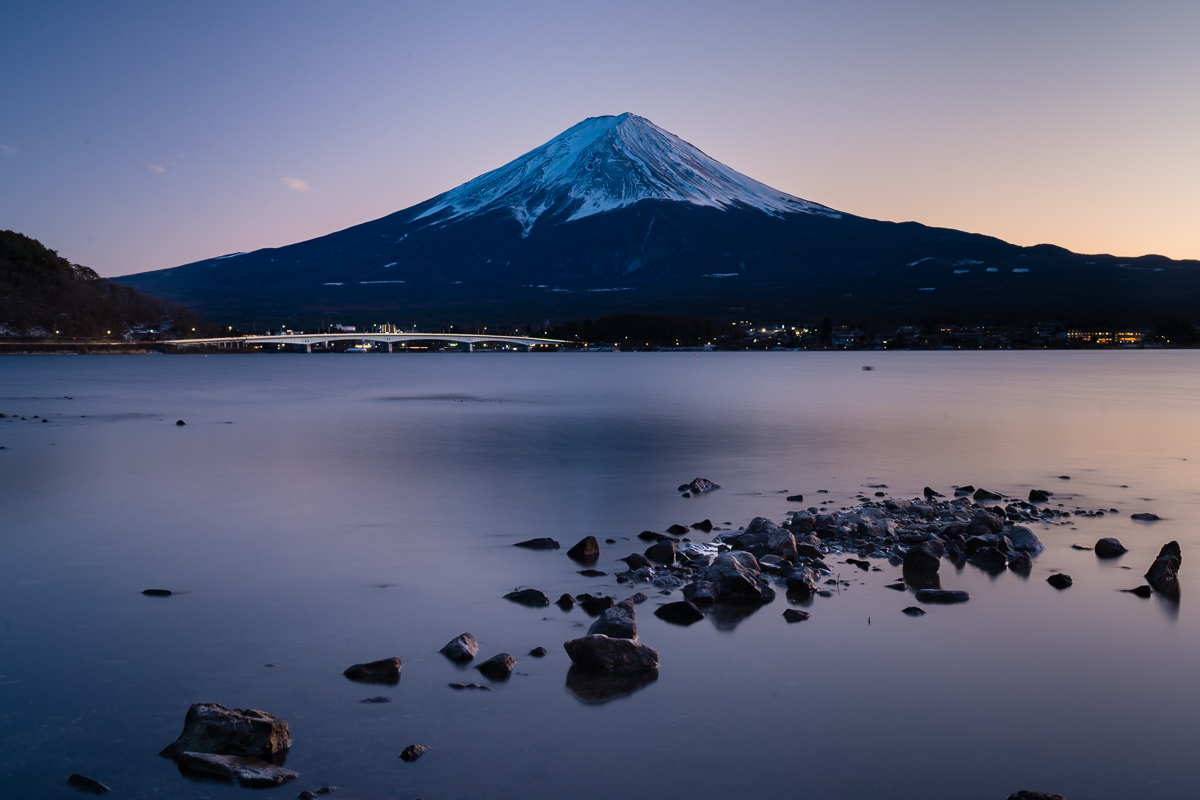
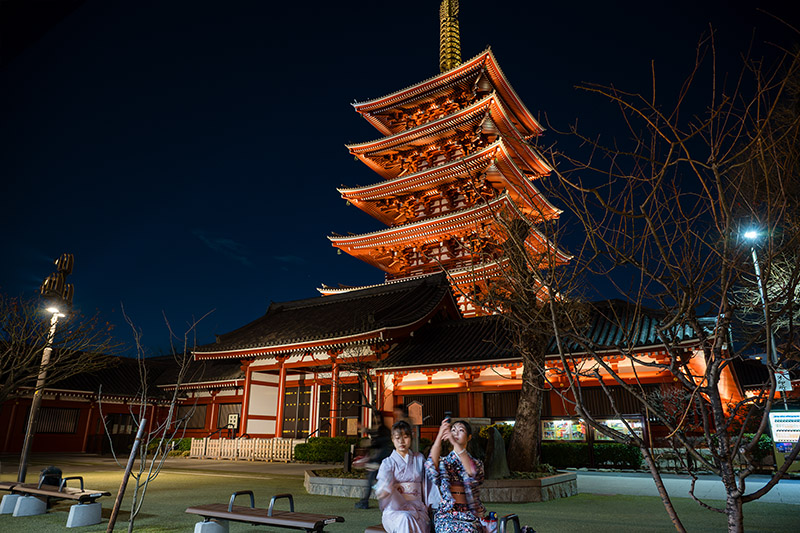
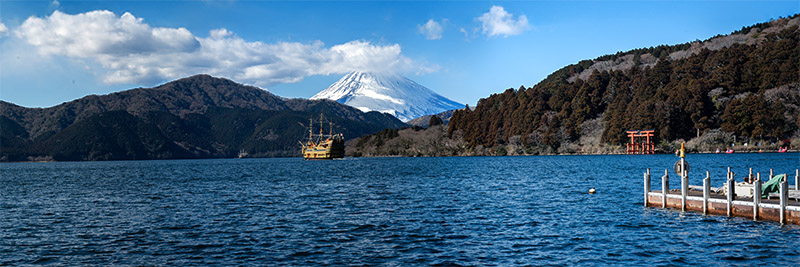

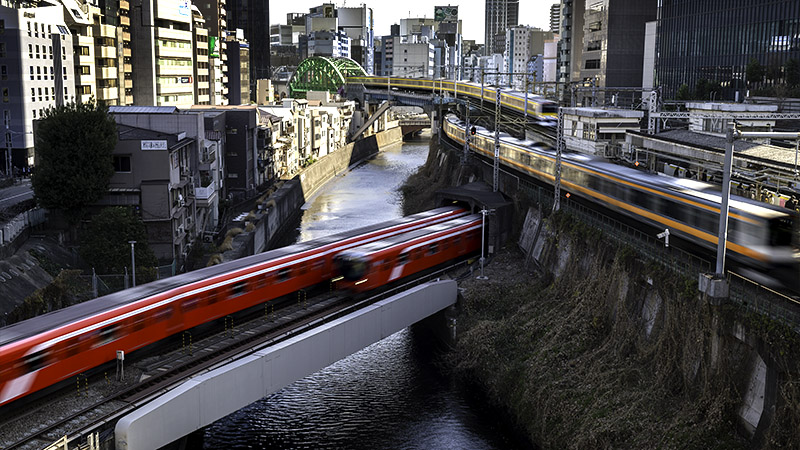
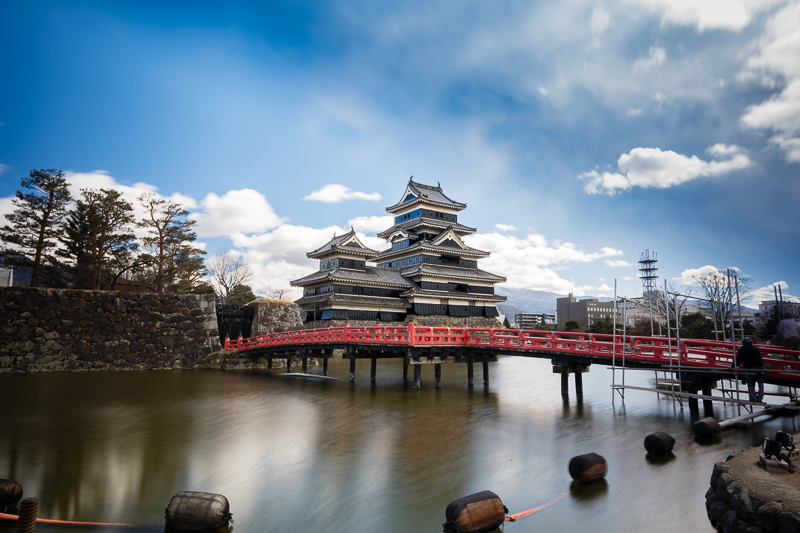
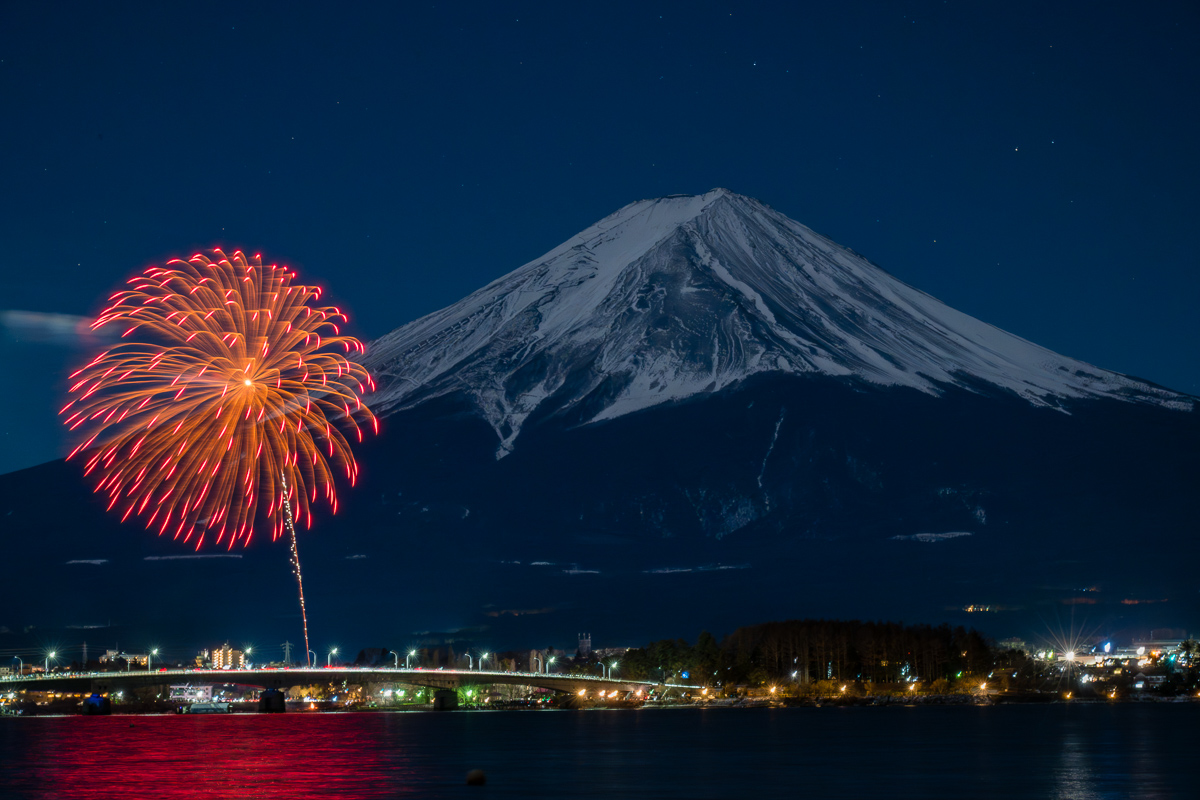
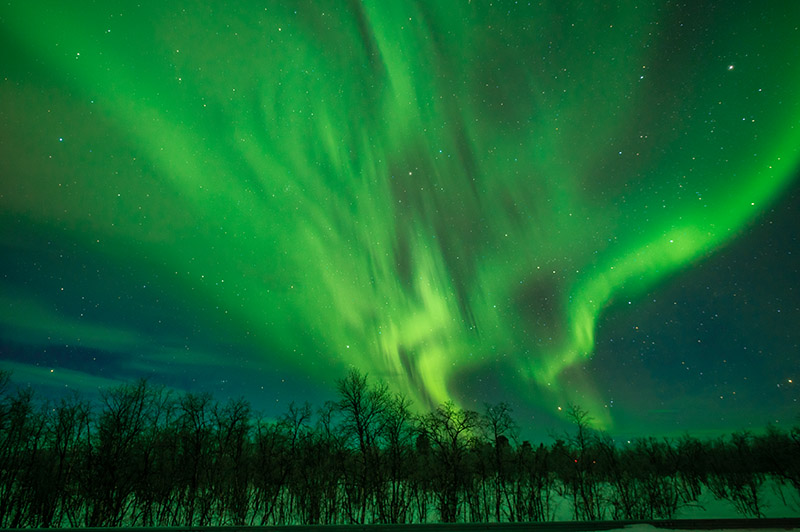
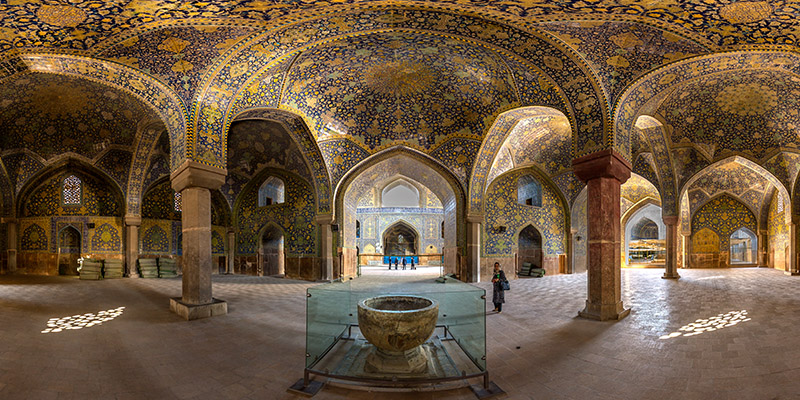

Most of the sample images in this review and many more can be found in higher resolution here.
Specifications
| Folded size with head (without head) | 50.4 cm (42,4 cm) |
| Max height with head (without head) | 153.4 cm (145 cm) |
| Height column down with head (without head) | 126.7 cm (119.5 cm) |
| Min height with head (without head) | 17 cm (8.7 cm) |
| Weight | 1.53 kg |
| Max load | 20 kg |
| Number of leg sections | 4 |
| Leg section lock type | Cam lever |
| Diameter of Tube | 32 mm |
| Head Model | Fotopro Ball Head O-8H |
| Diameter of Ball | 44 mm |
| Buy: Fotopro Origin Plus: Amazon (anywhere) , Fotopro website for $309 (Affiliate links) Fotopro Origin: Amazon (anywhere), Fotopro Store for $299 (Affiliate links) Fotopro Quick Release: Amazon (Anywhere) , Photopro store for $39 (Affiliate links) |
Disclosure
Fotopro kindly sent this tripod for test and review purposes, however this is a totally independent review.
Variations
There is also a smaller sibling, the Fotopro Origin travel tripod (without the “Plus” designation), which features a smaller ball head and a maximum load capacity of 15 kg.
The tripod I am testing is the Fotopro Origin Plus travel tripod with grey accents. This model is also available in an all-black version and a “20th Anniversary Edition” with gold-accent details.
Additionally, both tripods are available as a kit with a fluid head instead of a ball head, making them suitable for video work.
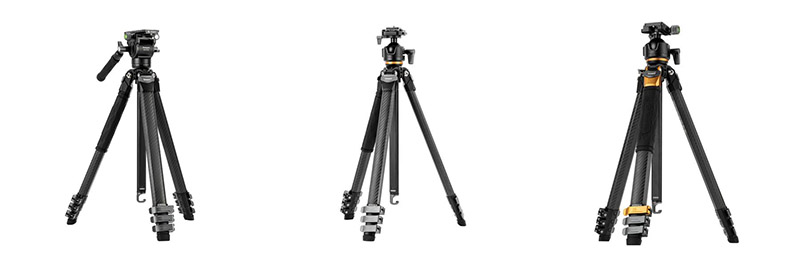
Handling and Features
The Tripod
The Fotopro Origin Plus’s all leg sections are constructed from 8-layer Japanese “Toray” 3K diagonal weave carbon fibre, the centre column is made of aluminium magnesium alloy. This has made the tripod 1.53 kg, including the ball head. Fotopro has opted for a non-cylindrical design for the tripod’s 4-section legs, similar (but not exactly) to the ones seen first on Peak Design Travel tripod legs. Here the legs have an irregular polygonal shape with the outer edge rounded.
Half of the upper section of one leg is covered with thick rubber, providing a convenient grip and preventing your hand from freezing in cold weather. The centre column is triangular. The legs and centre column are designed so that when folded, everything fits together. Thanks to the shape, the legs fold neatly into each other, which provides a super slim overall diameter when the tripod is folded in for packing or travel. This gives a much smaller packed volume than most tripods. For reference here next to a 0.5 l water bottle.
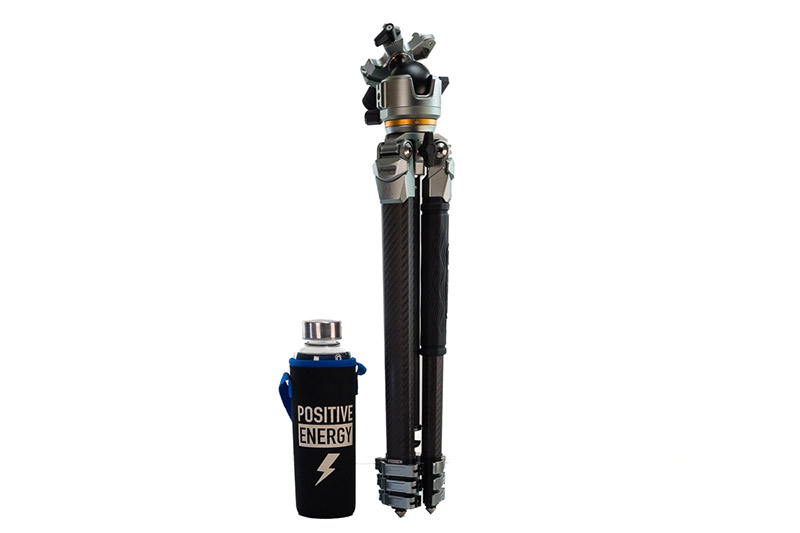
The centre column features a hook at the lower end for hanging ballast or backpack for added weight and stability e.g. in windy conditions. The hook features a spring mechanism that keeps it securely in place. With slight force or when a weight is hung on it, the hook releases and can be rotated without loosening, allowing you to adjust its angle in four different directions.
The centre column is reversible, enabling you to attach the camera beneath the tripod legs for shooting directly downward—ideal for macro photography or occasional repro work. To reverse the column, simply unscrew the hook (using your fingers without pulling it outward), lift the column, and thread it from below. Be sure to screw the hook back in place before attaching your camera. This serves as a safety mechanism to prevent the centre column and camera from falling to the ground.
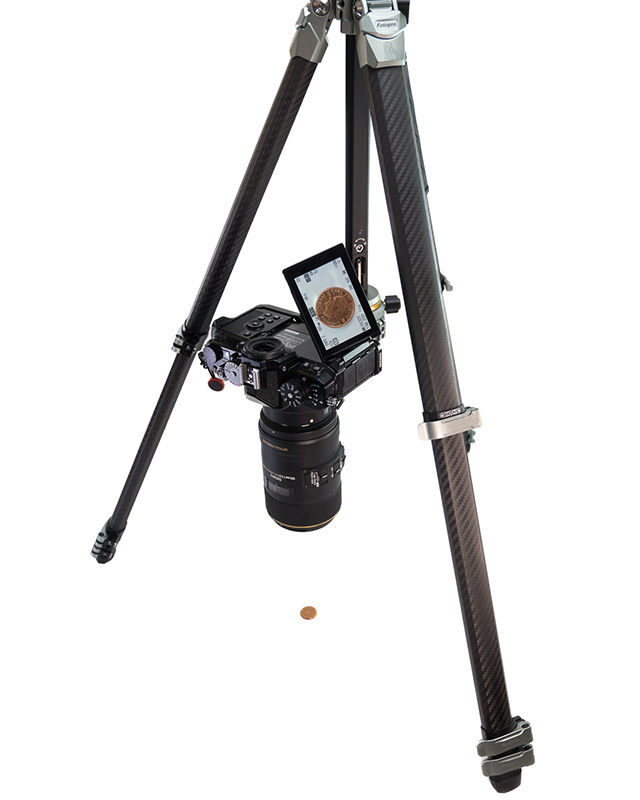
Additionally, the centre column can be shortened by removing its lower section, allowing the tripod legs to fold to the minimum height or reducing the overall weight if the column isn’t needed. This adjustment requires a hex key, which is cleverly hidden at the top of the centre column, held in place by a built-in magnet. That part of the column is normally inside the centre collar, so it is protected from unintentionally be bumped out and get lost. You need to raise the column to reveal it. In the unlikely event that you lose it, a spare hex key is provided in the box, included in the spare parts bag.

The legs can be folded out in three different positions, normal, middle, and low to the ground where they fully splay out, great for macro and low angle photography.
-
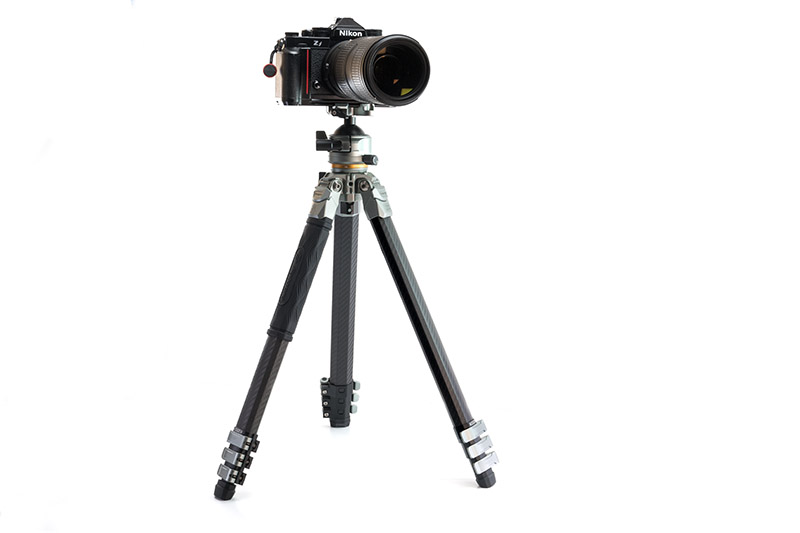
Fotopro Origin Plus tripod | Legs in normal position -
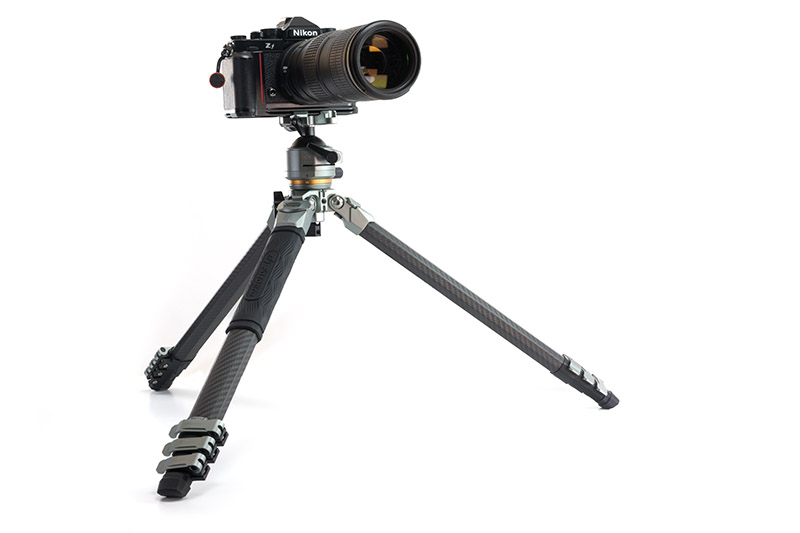
Fotopro Origin Plus tripod | Legs in middle position -
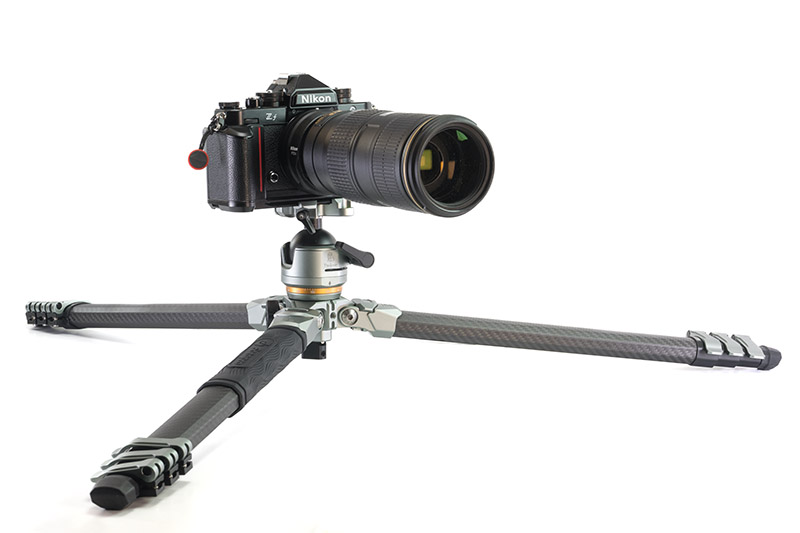
Fotopro Origin Plus tripod | Legs in low to the ground position
To adjust the leg angle, pull the “angle button” (a latch located at the top of each leg). While the latch remains disengaged, move the leg to the maximum angle, at which point the latch automatically springs back to its default position and locks the leg in place. To adjust the leg to the middle angle, simply push the leg to the middle position, where the latch clicks into place, securely locking the leg. To return to the default angle, fold the leg inward toward the centre column, and the latch will click and lock it back into position
IMAGE?
The leg section locks use a cam lever design and are positioned close together, allowing you to loosen all three sections of each leg in a single motion. The tension of the cam levers can be adjusted with an included hex key, and a spare key is provided in case one is lost. The lock levers are made of metal.
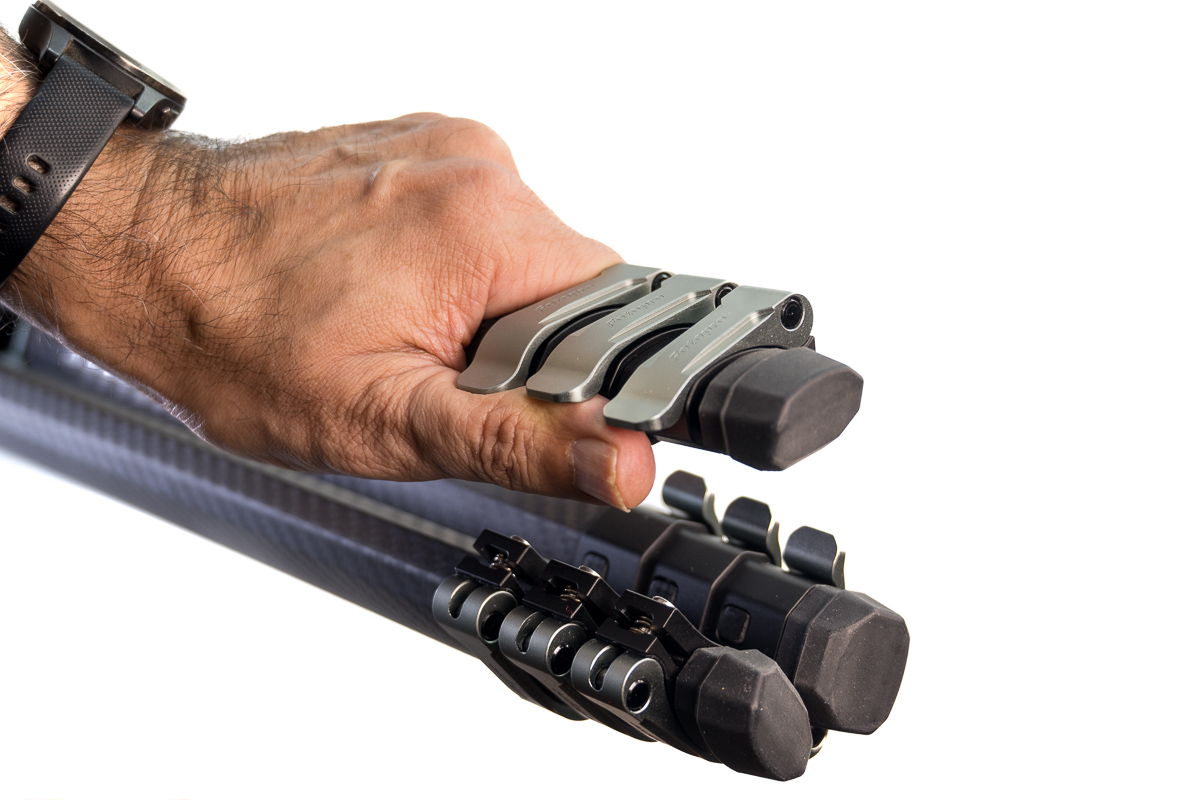
Fotopro Origin Plus tripod | Cam levers
The tripod is equipped with rubber feet, which can be removed by firmly pressing them sideways to reveal the built-in spike feet underneath. These integrated spikes provide extra stability on uneven or soft or icy surfaces when needed.
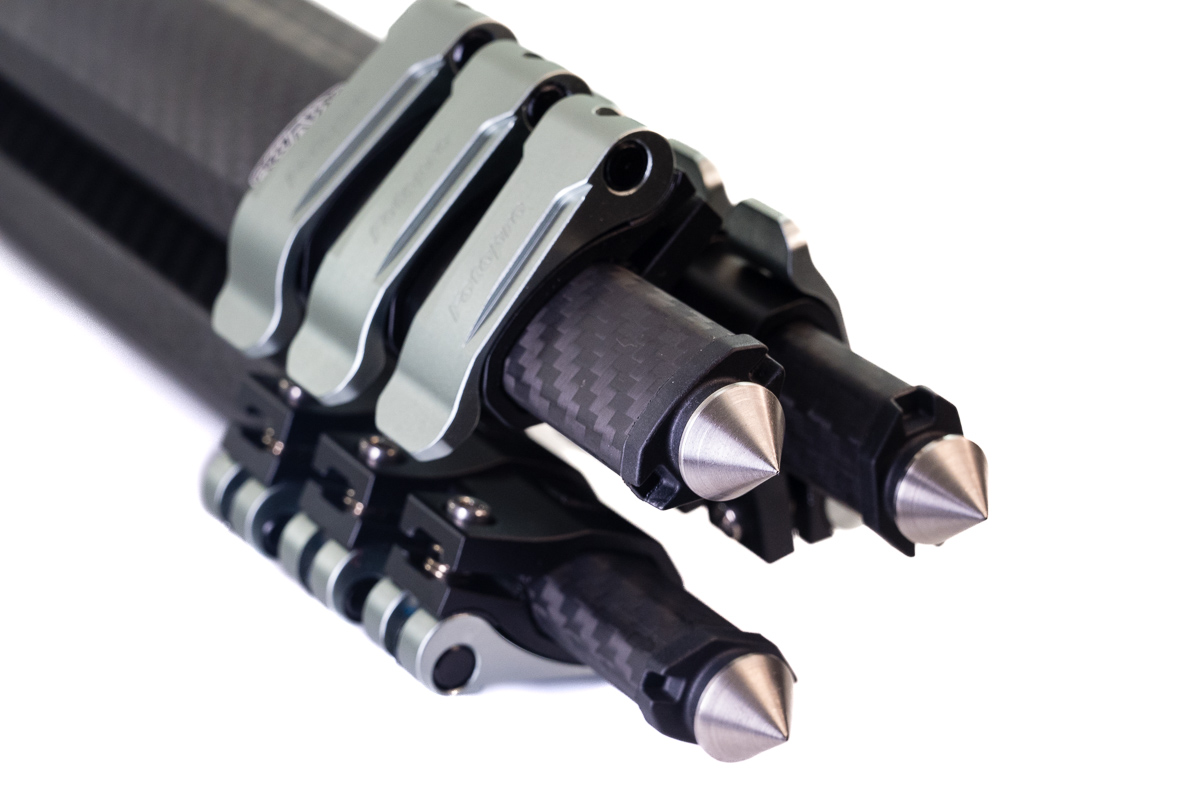
The tripod also features a built-in spirit level, a detail not commonly found on all tripods. Another excellent feature, which should be standard on all photography equipment, is the inclusion of two threaded 1/4-inch holes for attaching accessories. As an added bonus, each hole is accompanied by two Arri-style anti-twist (Alai) positioning holes, making it compatible with accessories that require extra stability.

The Head
The ball head included in Origin Plus kit is the Fotopro O-8H, which, like the tripod, boasts a maximum load capacity of an impressive 20 kg, according to the specifications. The ball itself is relatively large with a generous diameter of 44 mm and is secured in position by a large lever that tightens a collar around the ball.
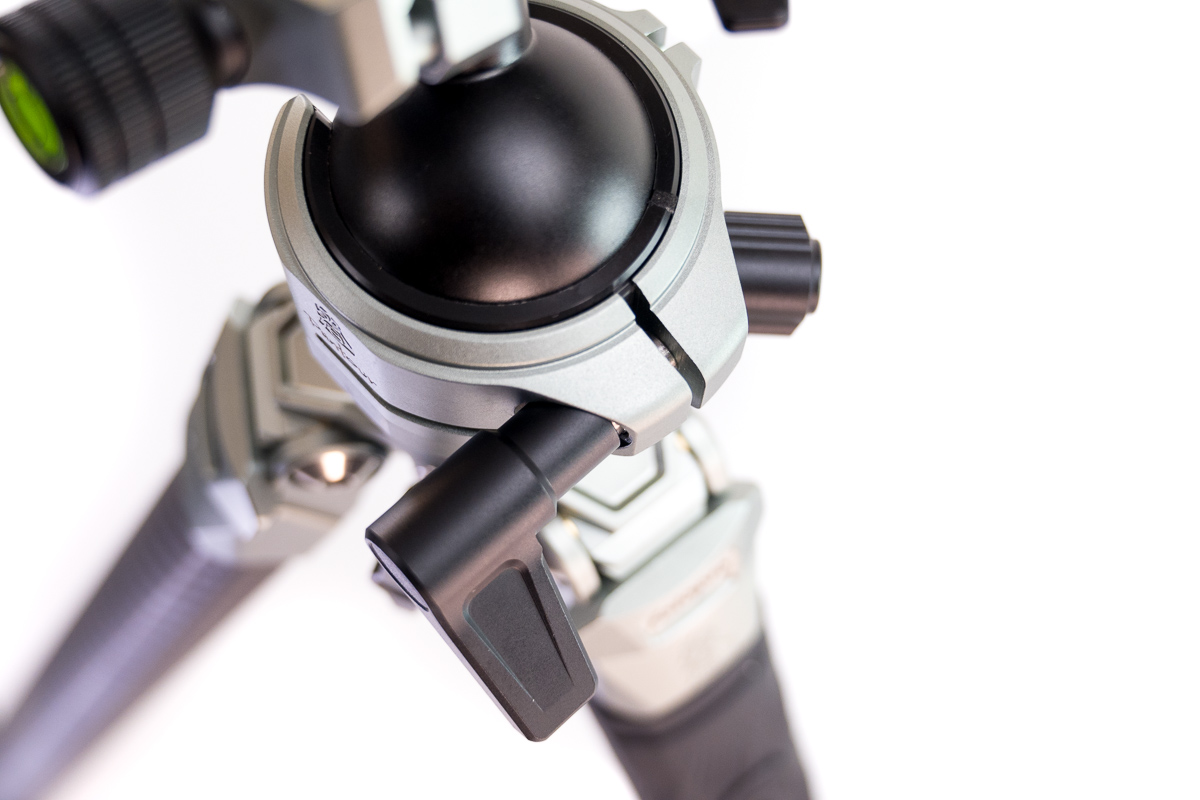
The lever features a spring mechanism, similar to the one on the hook, allowing you to loosen it without affecting the ball’s tension. Simply pull the lever out, reposition it, and release it to re-engage the mechanism. This design allows for convenient positioning of the lever, making it easier to tighten, or loosen the ball. There is no separate friction adjustment control; the friction is simply adjusted by how tightly you tighten the lever. The ball head features a rotating panoramic base with a degree scale, allowing you to pan the entire head for panoramic photography.
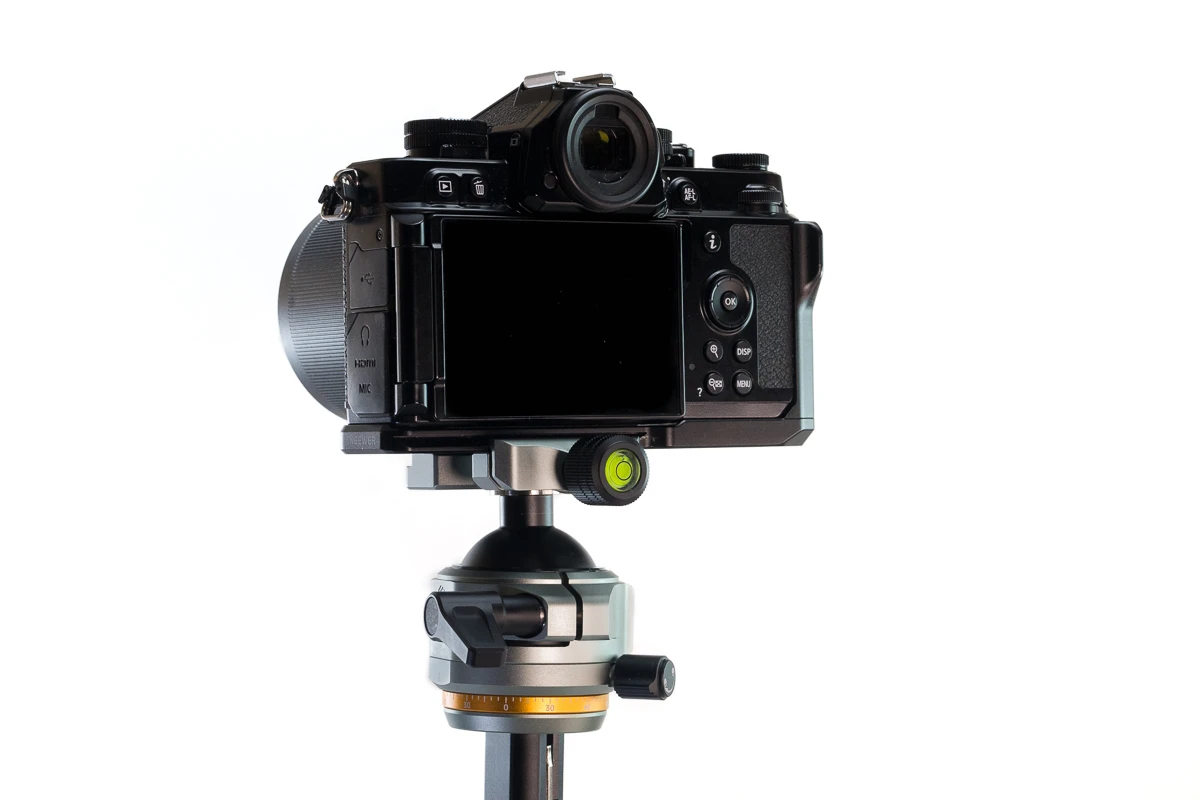
There is an additional threaded 1/4″ hole with Alai positioning holes on the head. This gives a total of three threaded 1/4″ holes, a real bonus.
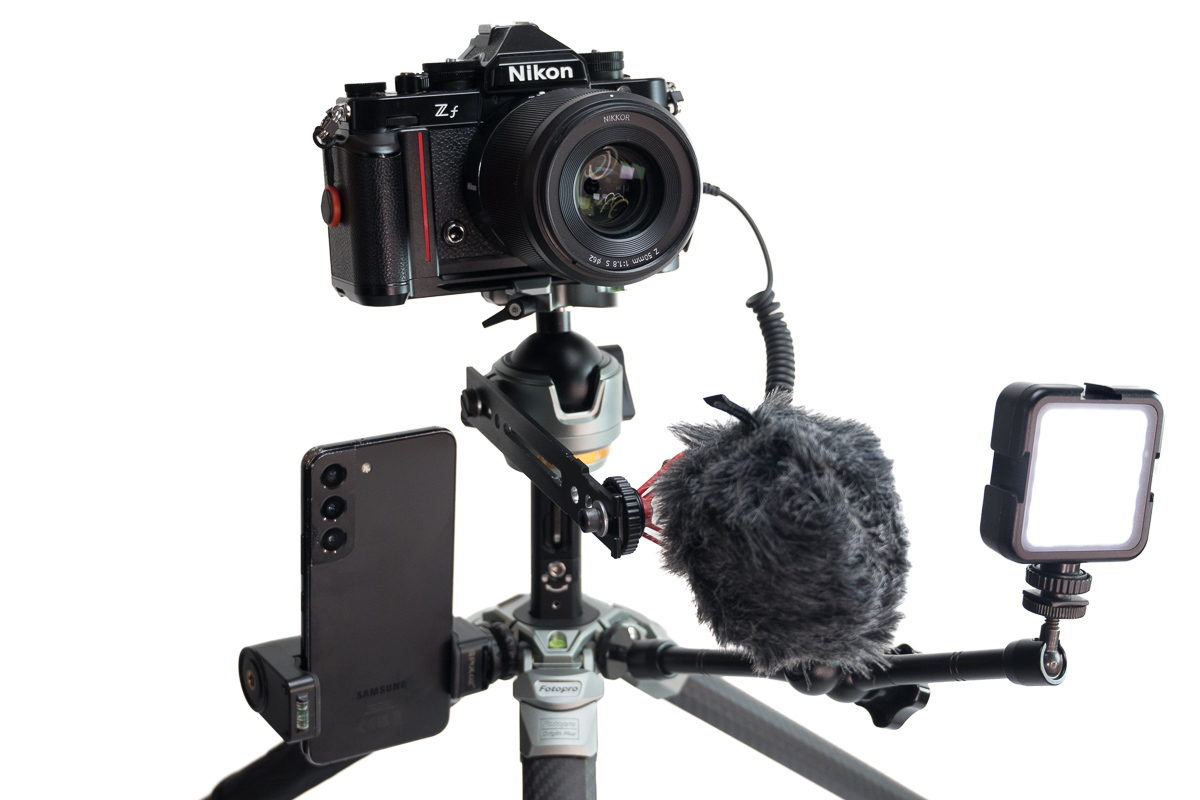
The camera platform is of the standard Arca-Swiss type, which is generally preferred over proprietary designs. The camera plate is decently large and can be secured using the included hex key, a coin/key ring, or the finger lock, but any Arca Swiss compatible L-bracket or camera grip with Arca Swiss base can be directly attached to the ball head platform.
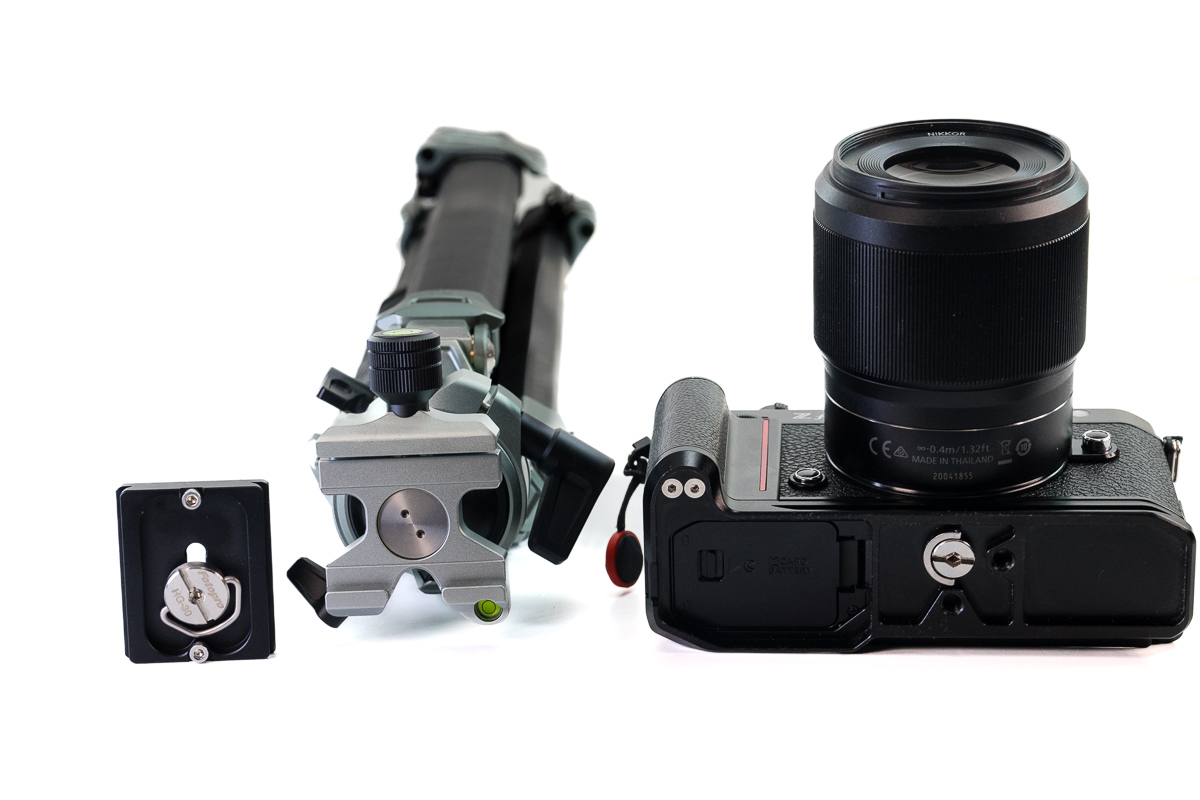
The camera platform also features a spirit level, allowing you to level the camera even when the tripod itself is not level.
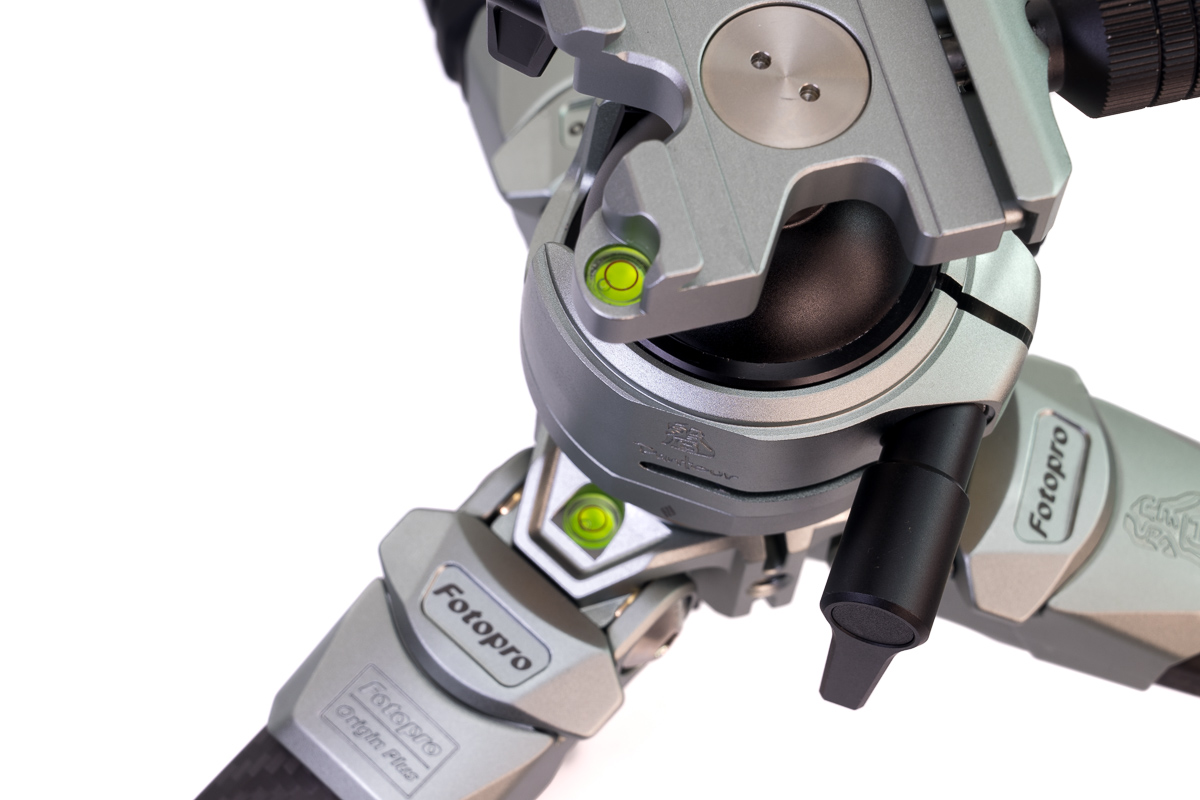
Additionally, a third spirit level at the base of the camera plate locking knob helps level the camera when aiming directly downward at objects—a unique and practical feature.
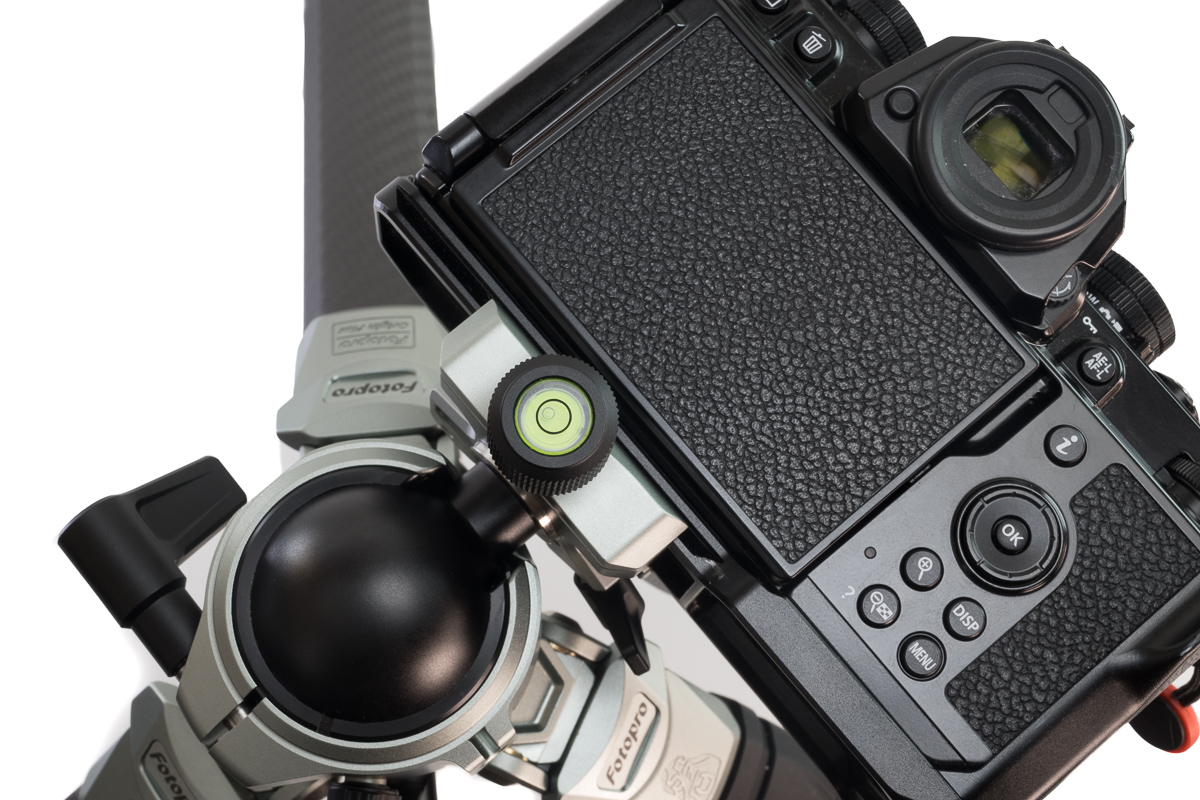
Another distinctive feature is the ability to rotate only the camera platform for panoramic movements, without rotating the ball head. This is especially useful when the tripod cannot be levelled, and you need to make a smooth panning motion.
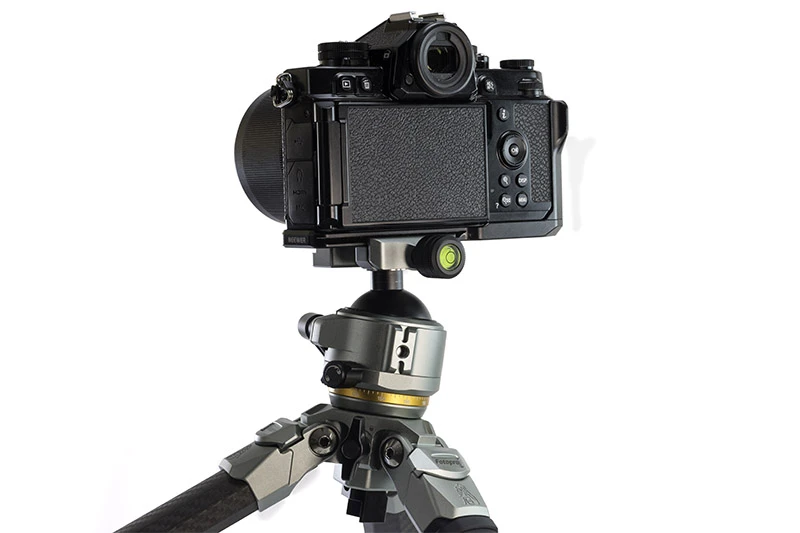
Last but not least, I’d like to mention the contents of the box besides the tripod, which are a water proof carrying bag, two larger and one small hex key, all of which go for both the centre column and leg tensions, plus three spare rubber shoes, in case you lose any of the ones already on the tripod rubber feet.
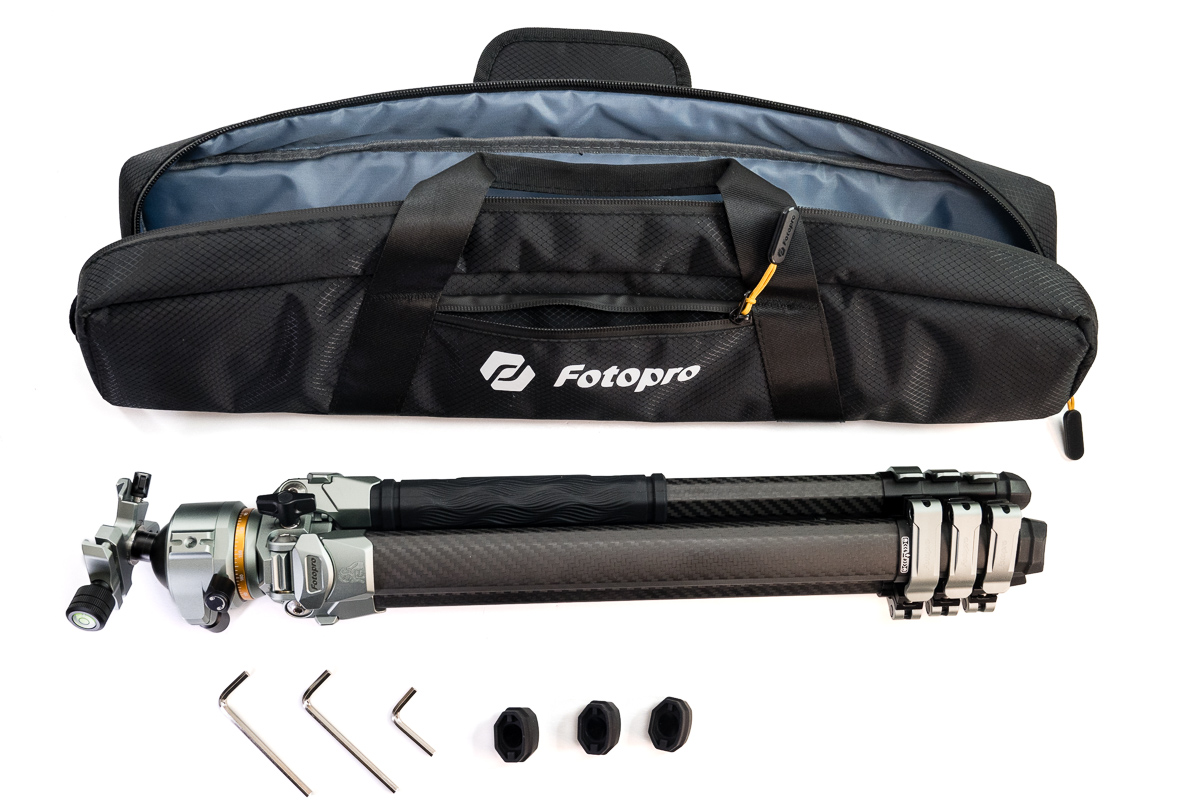
Optional Accessory
While the tripod has a standard Arca Swiss system without any quick release, Fotopro offers an optional quick release with Archa Swiss base plate that is fixed to the tripod together with a camera plate to be screwed into the camera’s bottom plate.
Buy the quick release accessory here!
Field Use Experience
The Fotopro Origin is a light and compact travel companion, easy to carry even on long days. One of the most important characteristics of a travel tripod is its packed length, and this one measures 42.5 cm without the head, which is more than acceptable. With the head attached, it is about 50 cm.
The cam-lever leg locks allow all sections of a leg to be unlocked at once. The leg sections don’t extend under their own weight but can be easily pulled out or pushed back in.
Many travel tripods achieve a similar height by using a design where the legs reverse upon themselves. This approach minimises their size when folded, which is useful for travel. However, it also requires reversing the legs every time you set up or pack the tripod—a process I find tedious. As a result, when using such tripods, I often leave the head stick out in normal ready-to-use position, which makes the tripod larger. The only time I reverse the legs to take advantage of the compact size is when packing it in a suitcase for travel. I was happy that this was not the case with this tripod as this does not have such a reverse-leg design. With this tripod, I can simply remove the head if I need it shorter for packing in smaller suitcases.
With the center column extended, the upper part of the tripod becomes slightly wobbly in strong winds compared to when the column is collapsed, as with almost all other tripods. However, during my testing, this didn’t cause any issues.
I also didn’t experience the slight frame shift that sometimes happens when locking a ball head, where the composition moves slightly after tightening. That said, I wasn’t using the tripod for macro work, where precision is more critical.
One feature I really liked was the built-in panorama function on the camera plate support. This meant I didn’t have to level the entire tripod, which can be tedious since it requires adjusting each leg individually. Instead, I could simply use the ball head to level the camera in one quick motion for panorama shots.
To give a better sense of the tripod’s size in the field, I’ve included images showing it with the centre column both up and down. For reference, I’m 179 cm tall.
Conclusion
| I LIKE | AVERAGE | I DON’T LIKE |
| Size Weight Stability (centre column down) Extras/Features Min height Max load Design |
Price Max Height Flex/wobbling of centre column |
Height column down |
The first thing that struck me, before touching this tripod, was how beautiful this tripod was, which is highly subjective.
A travel tripod should balance load capacity and portability, which translates directly to small packing height and light weight. While the sturdiest tripods tend to be large and heavy, which reduces their portability, overly lightweight or compact tripods can become unstable, potentially causing more harm than good.
The Fotopro Origin Plus is light enough to qualify as a travel tripod, but there are lighter travel tripods out there. However, the other sibling Fotopro Origin with the smaller ball head (O-7HS) weighs 200 g less at only 1.33 kg, folded size of 49.1 cm if you prefer that.
Besides that, the Fotopro Origin Plus travel tripod is a feature-packed tripod loaded with extras and conveniences. It appears that Fotopro drew inspiration from the Peak Design Travel Tripod when designing the Origin series, aiming to eliminate the unnecessary bulk and wasted space typical of traditional tripods. The result is a portable, packable, and easy-to-setup solution. Additionally, Fotopro has made significant improvements by offering a hard-to-beat payload capacity (according to their own specs, I did not test loading the tripod with 20 kg) and incorporating numerous features and extras. These include the 1/4″ extension holes with ALAI compatibility, multiple spirit levels, a panoramic camera plate that rotates independently of the head, etc. Other features, like spike feet, come included without the need for additional purchases. Besides, they have put a few small but smart and helpful features in the tripod like the rubber grip, the smart hidden hex-key holder, and the ballast hook.
Writing articles like this one is both time-consuming and costs us a lot of money. If you found this article helpful and decided to buy one of these lenses, please consider using one of the affiliate links.
If you are not interested in buying any of the lenses, but you still found this article useful, interesting, or it saved you a lot of money, treat us to a coffee (donate)!
| Buy New: Fotopro Origin Plus: Amazon (anywhere) , Fotopro website for $309 (Affiliate links) Fotopro Origin: Amazon (anywhere), Fotopro Store for $299 (Affiliate links) Fotopro Quick Release: Amazon (Anywhere) , Photopro store for $39 (Affiliate links) |
Alternatives
There are numerous tripods out there—it’s a jungle! While I can’t list them all, here are a few travel tripods from some well-known brands.
Peak Design Travel Tripod
Carbon fibre, folded size at 39.5 cm. Its max height is 152.4 cm centre column extended and 138.5 cm centre column down, min height 14 cm, weighs 1.27 kg with a pay load of 9.1 kg.
Buy: Amazon (anywhere) for $599 (Affiliate link)
Gitzo 1545 T kit Travel Tripod
Carbon fibre, folded size at 42.5 cm. Its max height is 150 cm centre column extended and 130 cm centre column down, min height 32 cm, weighs 1.06 kg with a pay load of 10 kg.
Buy: Amazon (anywhere) for $679 (Affiliate link)
Really Right Stuff Ascend-14 Compact Travel Tripod
Carbon fibre, folded size at 43.4 cm. Its max height is 147.8 centre column extended and 126 cm centre column down, min height 13 cm, weighs 1.4 kg with a pay load of 13.6 kg.
Buy: Amazon (anywhere) for $1650 (Affiliate link)
Feisol Travel Tripod CT-3442S CB40 Rapid
Carbon fibre, folded size at 43 cm. Its max height is 184 centre column extended and 135 cm centre column down, min height 44 cm, weighs 1.61 kg with a pay load of 20 kg.
Buy: B&H for $649 (Affiliate link)
Manfrotto Befree Carbon Fibre
Carbon fibre, folded size at 41 cm. Its max height is 150 centre column extended and 138.5 cm centre column down, min height 43 cm, weighs 1.54 kg with a pay load of 9 kg.
Buy: Amazon (anywhere) for $349 (Affiliate link)
More Sample Images
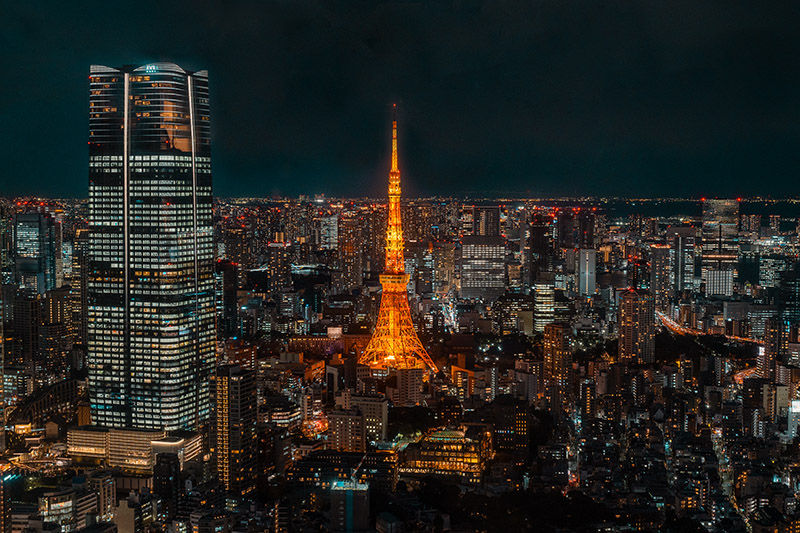
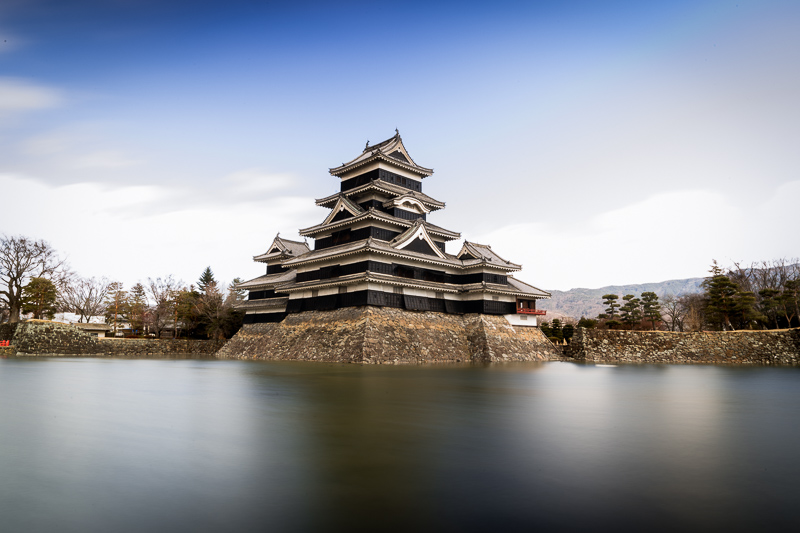
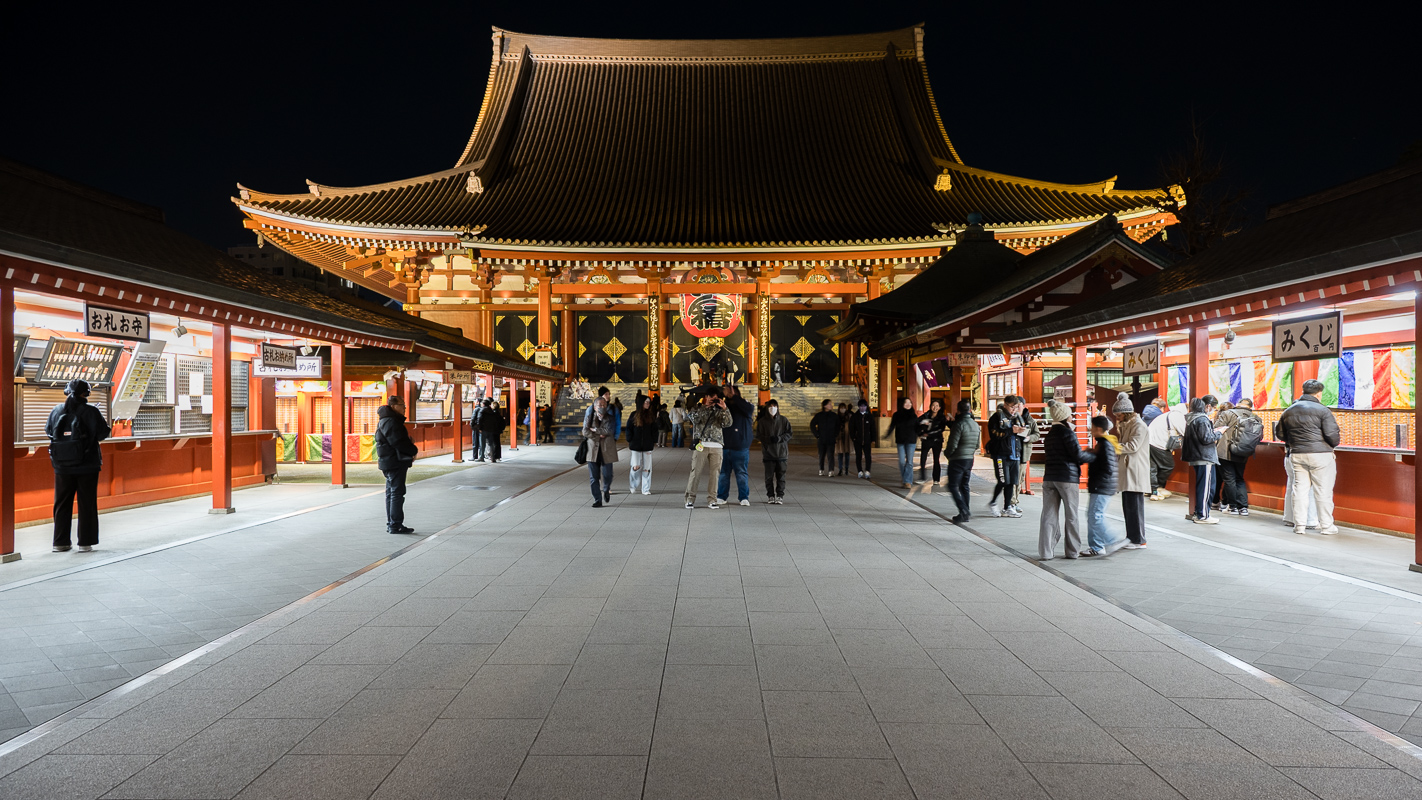

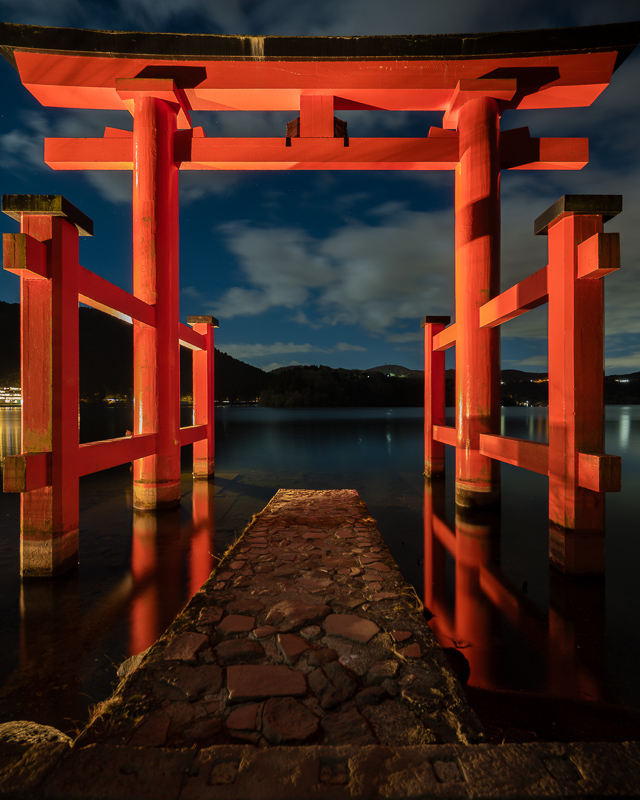
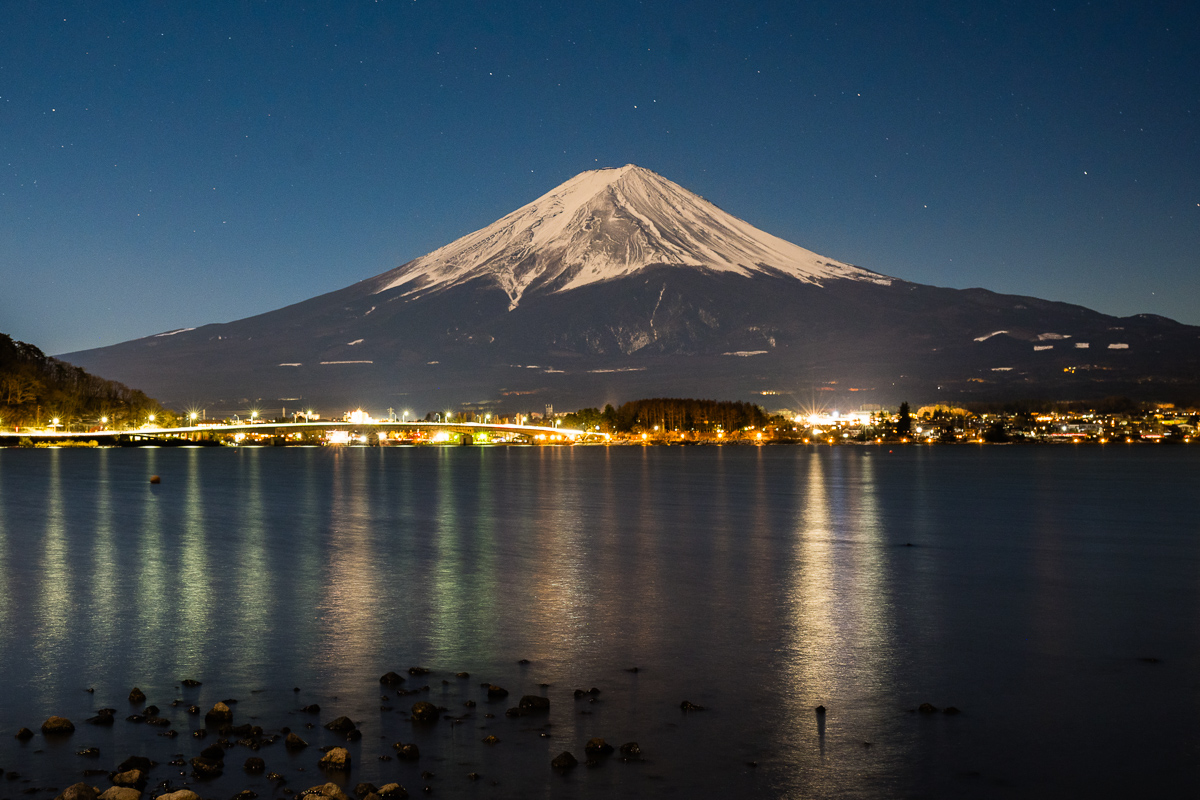
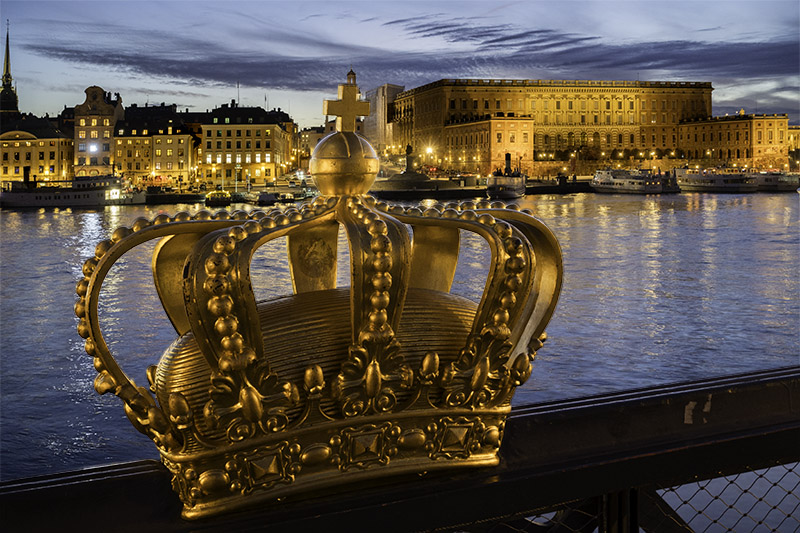

Most of the sample images in this review and many more can be found in higher resolution here.
Further Reading
What camera gear and accessories do I use most frequently?
Tripods for Mirrorless Cameras
Support Us
Did you find this article useful or did you just like reading it? It took us a lot of time and money to prepare it for you. Use the Donate button to show your appreciation!
![]()

(Donations via Paypal or bank card)
What’s in my camera bag? MY 2024 KIT!!
- Main camera : https://amzn.to/3TsGtKg
- Camera grip : https://amzn.to/4e0G3CR
- Memory Card 1: https://amzn.to/47pA20i
- Memory Card 2 : https://amzn.to/3XHYxlZ
- Camera 2 : https://amzn.to/3Xifou8
- Camera grip: https://amzn.to/4dYYpV9
- Memory card 1: https://amzn.to/4e5h2H0
- Memory card 2: https://amzn.to/3zu7W7n
- Small travel tripod: https://amzn.to/4goIX68
- Mini tripod: https://amzn.to/4e09XXX
- Small shoulder bag: https://amzn.to/47tPMiY
- Medium shoulder bag: https://amzn.to/4ej4bjY
This site contains affiliate links, for which I may receive a small commission if you purchase via the links at no additional cost to you. This helps support the creation of future content.
Martin
Latest posts by Martin (see all)
- REVIEW: 7Artisans AF 35mm f/1.8 - October 15, 2025
- REVIEW: Nikon AI Nikkor 24mm f/2 - October 12, 2025
- REVIEW: Viltrox Spark Z3 Flash - October 10, 2025
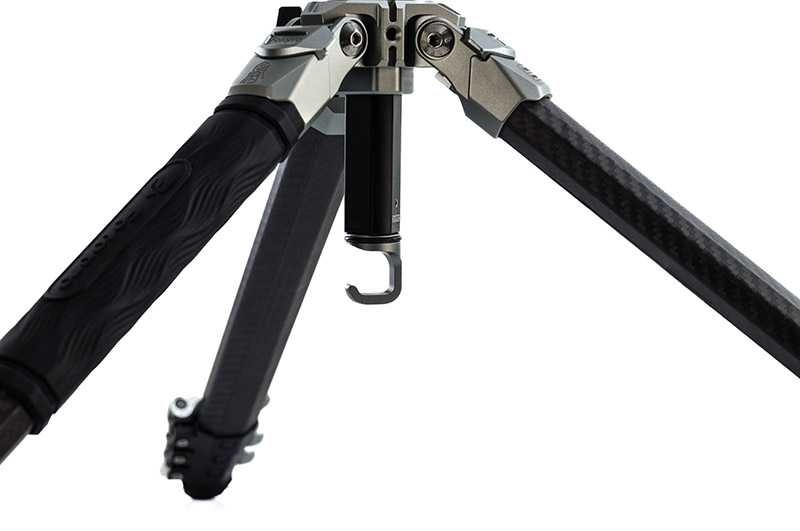
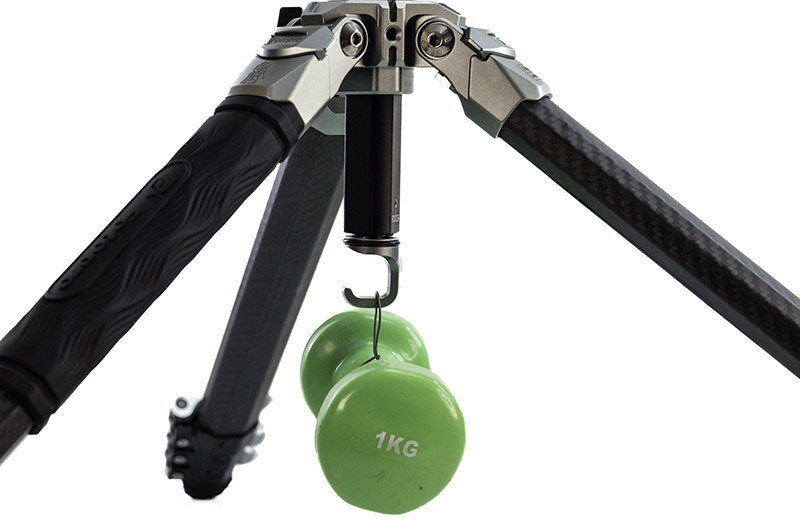
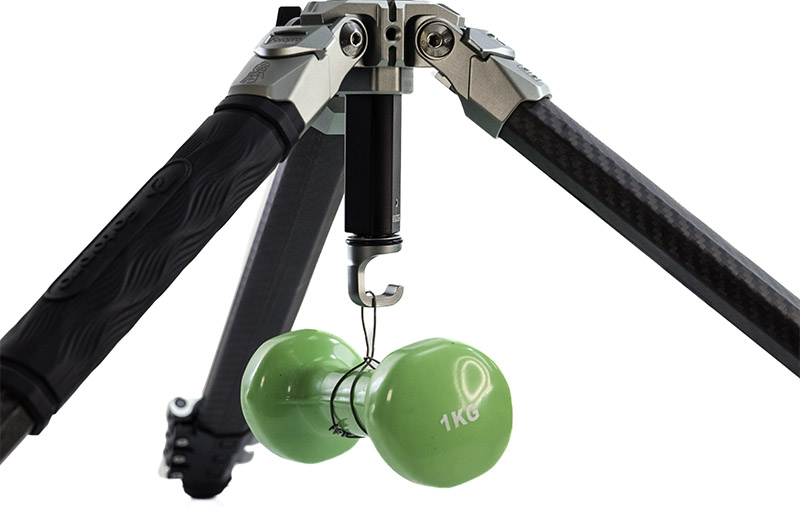
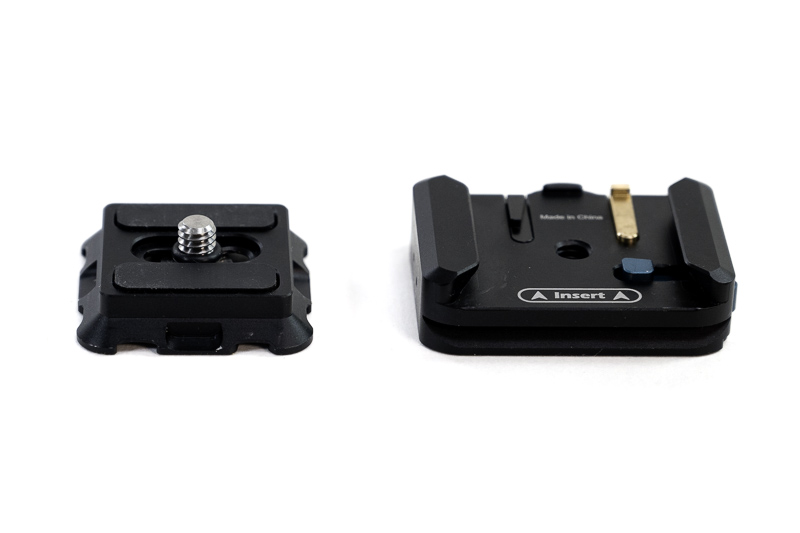
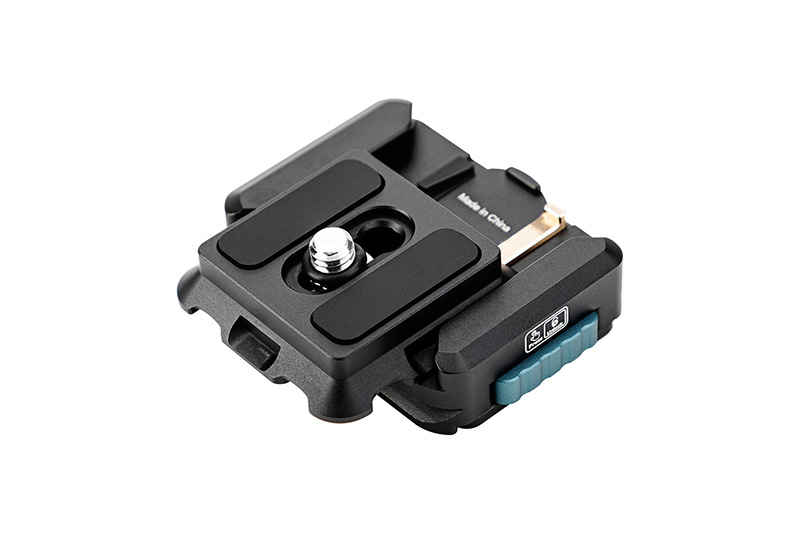
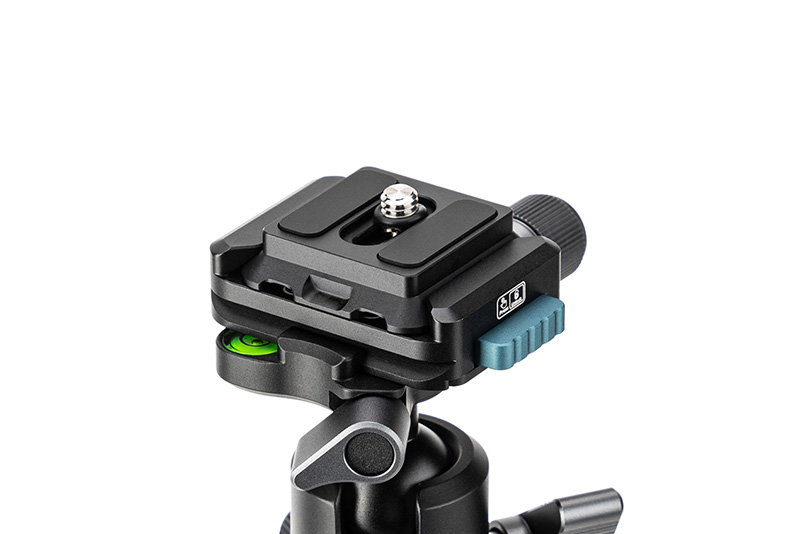
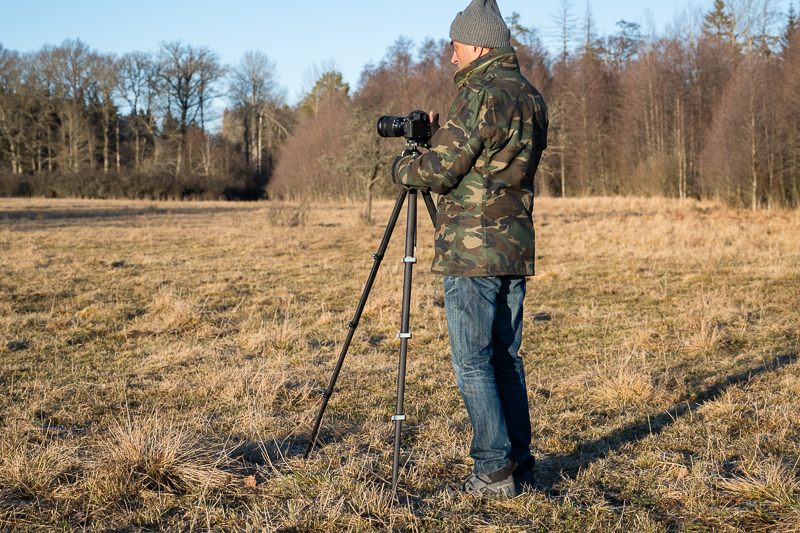
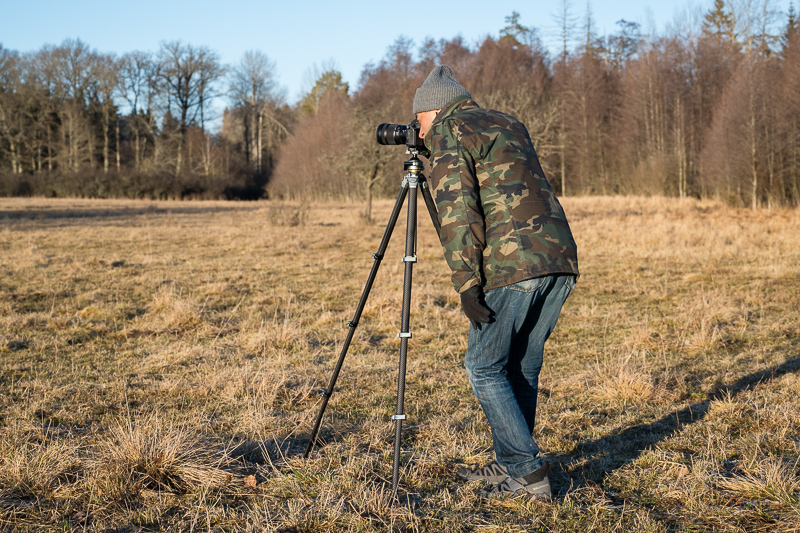
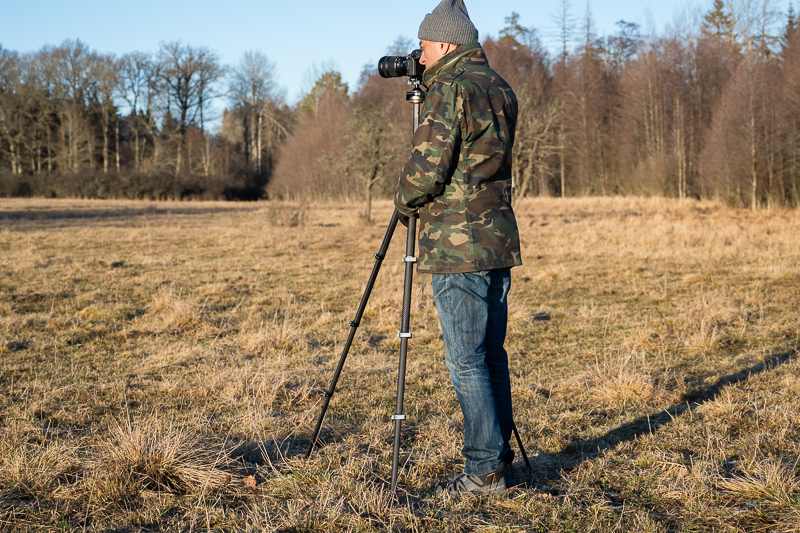
Thank you for the review Martin.
Which lens did you use for the beautiful image of the mountain and flowers?
I ask because I am interested in focus stacking.
Best Regards
David
That specific picture was not taken with the tested tripod, it is an old picture and unfortunately I don’t have the original files. If I remember correctly, that was done with a Nikkor AF-S 18-35mm.
Thank you so much for your answer.
Strongly recommend FEISOL Tournament Tripod CT-3442 Rapid.
1150g without head.
140cm extended without head.
49cm folded. (can fold on an adequate ballhead so size doesn’t grow)
No gimmicks except leg angles a bit steeper than usual to get to this height 🙂 Maybe it affects stability.
When fully extended, without a counterweight, lenses beyond 100mm on a high megapixel body will start to challenge it. Shorten it one level and it’s good for up to 200mm. Haven’t used a supertele on this tripod since it was not intended for it.
All the new travel tripods on the market with tiny size, tiny leg diameters and the central column requirement to extend height for an average male are horrendous for me.
The travel tripod I would really like to hear your views on is the Freewell – 900g, 43cm, pan/tilt head and various other neat features.
https://freewellgear.com/products/the-real-travel-tripod
That looks like flimsy junk.
And for photography I find those heads absolutely awful.
avoid, especially the lock system between the legs break down easely, Slik had the same system 2 decades ago. Heipi has a nice tripod, but there are some issues getting one: https://heipivision.com/products/heipi-3-in-1-travel-tripod-w28s
There are quite many tripod manufacturers out there. I think there are more tripod manufacturers than lens manufacturers, and most of them have too many different models, so the possibility to test them all is small and can take years.
Rules of physics don’t change.
More leg sections means leg diameters will get smaller. It will reduce stability. You can have the best carbonfiber it can only help you so much.
You can have it somewhat stable, somewhat light and somewhat long enough without a central column at a premium price.
If you want light and long it will always be unstable. You can have short and stable there are really good tabletop tripods.
Anyone who enters this market to revolutionize is fooling you.
Tripods perform much worse in the field where the ground may be compromised and winds will affect you with or without counterweights so good luck using a travel tripod on anything longer than 100mm.
What changes is durability, reputation of the brand, serviceability. Any brand that’s on 3rd generation or more will not build anything compromised but maybe not as durable.
While your comment is true in an absolute sense, every application and quality requirement has a sweet spot for compromise—where the stability, length, ease of use, and weight of the tripod are good enough for the specific use case.
I much prefer turning knobs, because I pinched my fingers with cam levers too often. Has that happened to you?
I guess I would quickly lose the rubber feet including the spares and would glue them tight.
I take a lot of close-up photos of flowers (where a tripod is essential, imho); for this purpose, I enjoy a tripod entirely without a center column that can do “splits” (reversing the column is awkward).
I consider some of the photos in this article to be excellent, which I attribute partly to the slow pace a tripod imposes.
I did not pinch my fingers when using this tripod, but I think it has happened to me some time. As I live in a cold country with long winters, I appreciate the spike feet a lot, so I would never glue the rubber feet. Regarding the centre column, the solution is easy with this tripod: just let the centre column stay at home! Thanks, the slow pace has certainly helped me to compose the photographs more thoroughly and precisely.
About Panorama’s…
For long distance Panorama’s it’s OK, but when there is something in the picture near by it is necessary that the lens turns on the entrance pupil, so one can not use a tripod like this without an adapting construction that let the lens pivot on the entrance pupil.
Oops, accidentally posted the prvious post too soon… While I also have a Gitzo 1545T, my favorite tripod for when I can carry about 500 grams extra is the FLM CP30-L4 II: for 1500 grams, it offers a (columnless!) height of 173cm, which makes it both very stable and nice to use standing up. Combined with a FLM CB 38 E head (38mm ball, 170 grams), I have a total of 1670 grams combined with excellent stability.